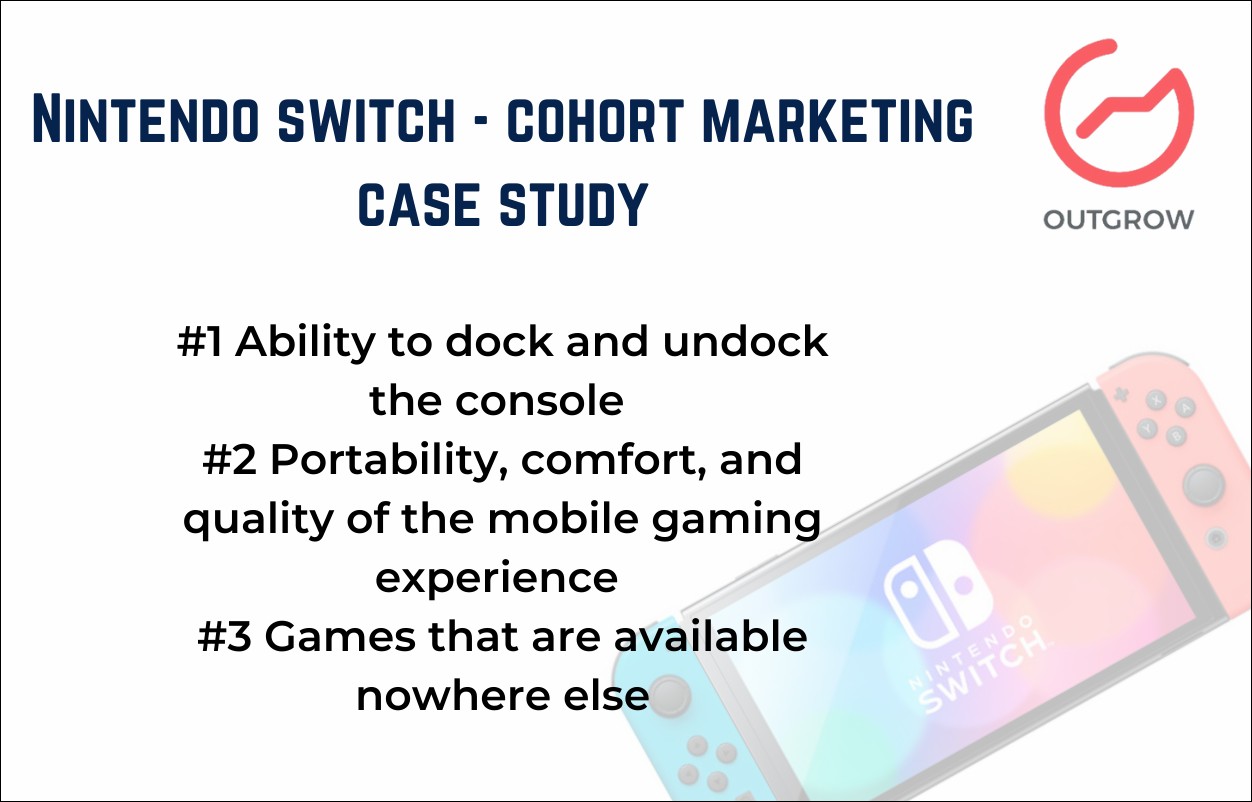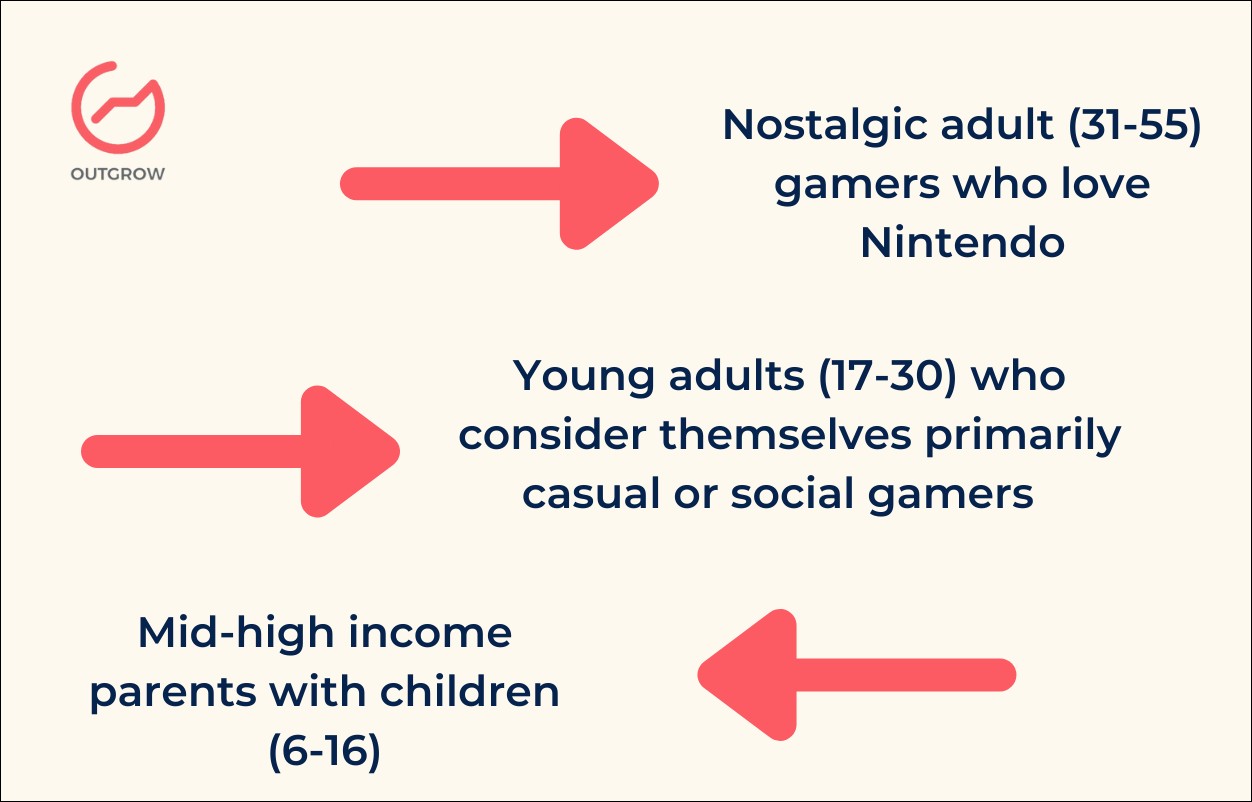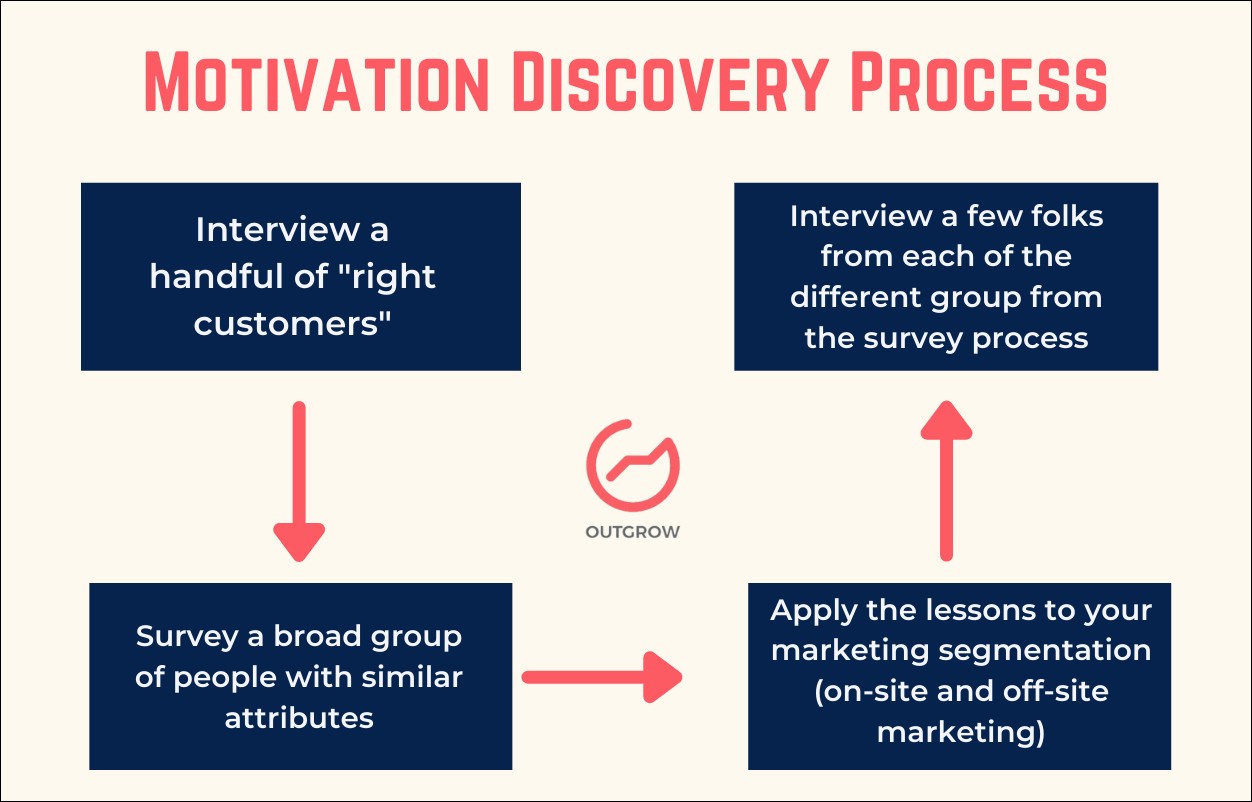What Is Cohort Marketing and How to Do It the Right Way
Table of Contents
If marketing jargon leaves you confused, you’re in the right place. This blog aims to demystify cohort marketing by breaking down key insights from Rand Fishkin’s SparkToro “Office-hours” live stream.
In this blog, you’ll find key takeaways from Rand Fishkin’s video on cohort marketing, including its meaning, uses, types, examples, and more.
So if you’d like to see some useful insights from this interesting session, read on. Here you’ll find out the meaning of cohort marketing, its uses, types, examples, and more.
Let’s get started.
What Is a Cohort?
A cohort, simply put, is a group. In marketing, cohorts are used to segment an audience based on shared characteristics such as buying behavior, using patterns, demographics, or even self-description.
For example, Nintendo Switch users can be divided into cohorts based on their major buying motivations, such as gaming enthusiasts, family users, and fitness-focused users.
Here, he identifies three major buying motivations among the users of the Nintendo Switch.
He uses this as a basis for identifying cohorts and the scope for cohort-based marketing for this product. He does this by segmenting 3 different audience categories.
Cohort-Based Marketing Strategy
The goal of creating cohorts is to tailor a marketing strategy for each group. This means unique messaging, graphics, and channels for each cohort, making cohort marketing a powerful strategy centered on personalization.
7 Ways to Segment Your Audience
In this section, Rand extends the conversation on cohorts and highlights 7 different cohorts that SMBs can use to segment their target audience. These are listed in order of preference.
Motivation
What’s an intrinsic motivator that pushes your prospects to buy your product? What’s the essential problem that you are trying to solve? These are some questions that Rand encourages you to ask yourself about your client.
Motivations can be a key differentiating factor between two sets of cohorts. I may be buying an email marketing tool to start a newsletter as a freelancer. But a competitor of the tool may just be trying it out to understand the selling features and fill the gaps in their product. Thus, the motivations starkly vary.
Behavior
This involves the behavior that a prospect shows on your website. It includes ways in which your target audience engages with your product. The most important aspect of this segmentation is to find concrete, measurable data around this behavior. This can be in the form of intent data on your website or 3rd party intent data.
Moreover, capturing prospect behavior becomes easy with interactive content tools like quizzes, calculators, chatbots, polls, surveys, and ecommerce recommendations.
So, suppose you run an ecommerce business. You can have a recommendation tool on your website that asks a couple of questions before recommending a product to a user. This way, you can boost your conversions by as much as 30%.
Moreover, you can reach out to them with personalized emails, notifications, and offers. Even if you haven’t captured the lead data, you can simply run retargeting ads based on this information. The scope is endless.
Self-Concept
Simply put, this segmentation asks people – “how do you define yourself?” This information is often gathered through public profiles of individuals. It includes but is not limited to social media platforms where they actively engage, communities and groups that they are a part of, etc. This information can help businesses identify what’s most important to their prospects and what matters to them.
Role/Title
Role or title can be an important differentiator since most businesses want to target people in certain positions in an organization. Businesses can get access to this data using tools like Clearbit to get access to their social profiles like Linkedin via their emails.
Media Consumption
For any business, the media consumption patterns of users can be a great insight into their motivations, personality, and value systems. This can be the publications or magazines they read, the YouTube channels they subscribe to, podcasts they listen to, etc. So, if they have subscribed to a gaming magazine, you know that they can be reached out to if you’re a Nintendo or any other gaming website.
Financial Status
Family income and financial status also form an important part in creating cohorts for some businesses. It may even be useful for your lead scoring process.
Demographics
This includes information about the age, gender, geographies, etc. of the target audience. Many large companies use demographic information to segment their audience and implement cohort marketing.
Uncovering Audience Motivations and Behaviors
Rand discusses his motivation discovery process to better understand this step of cohort marketing.
Step 1 – Interview the right customers
“Right customers” may include people who have already purchased from you or those who are very close to the bottom of the funnel.
In fact, this can be done even if you don’t have a product ready. Find a bunch of early adopters and get on a call with them or meet them for an interview. This is done in order to closely understand the problems and pain points to solve them better.
Step 2 – Survey a broad group of people with similar attributes
The focus here is to understand the differentiation in the core problem. So someone in the 6-16 age group of Nintendo may be facing a different problem or may have a different motivation vis-a-vis someone in the age group 31 and above.
Step 3 – Re-interview a few people from the surveyed cohorts
Again, here the aim is to understand better and reiterate the solutions and re-confirm the ideas and your point of view. This is important in order to be absolutely sure that you are going in the right direction.
Step 4 – Apply the lessons
The most important aspect is to put these surveys and lessons to use and apply them in both your on-site and off-site marketing. The idea is to give more depth to marketing strategies – something that passive data collection won’t offer.
Benefits of Customer Interviews and Surveys
Interviewing multiple cohorts helps in getting a clear picture of the needs, motivations, and problems that clients are tackling. Moreover, conducting surveys allows us to capture accurate responses that can further help in marketing our tools to these cohorts. Plus, surveys give data at a large scale.
As a result, better results can be achieved when we are able to use this cohort data to market and sell the products to them.
Tips for Analyzing User Behavior
To help you further, we have listed down some of Rand’s tips on how you can analyze user behavior –
- Focus on people who have signed-up
- Choose a small number of actions to begin with, for example, personalized emails or ad campaigns targeting different cohorts
- Use behavior and attributes that you got access to, to identify gaps in creating value for the customers and the company
Examples of Companies Doing Cohort Marketing Well
Rand gives the example of Hotjar’s signup form that is well-curated to create multiple cohorts.
For example, they not only ask you your role but also fetch information on the number of clients you manage, the size of your organization, etc. Thus, based on these useful details, they segment a new sign up into different buckets – agency, SMB, enterprise, etc.
Another example highlighted by him is that of Hinge, the dating app. Hinge, as rightly pointed out by Rand, is less “transactional” in nature compared to its competitor, Tinder. The focus is to get users to delete the app at some point. Interesting, isn’t it? Check out Hinge’s onboarding flow here.
Applying Learnings From Cohorts
This is the step where we apply all the learnings from the different cohorts. At SparkToro, Rand does this by following the given steps –
- Identify the most salient motivations and customer segments in the audience.
- Build systems to collect the right data at signup, and analyze behaviors after signup.
- Create different flows based on behaviors and different messaging based on motivation.
How SparkToro Can Help With Cohort Marketing
SparkToro can help with the customer segmentation that is essential for cohort marketing. With SparkToro, businesses can create cohorts based on –
- Topics of interest
- Sources of influence
- Demographics
- Self-reported descriptors
Application of Cohort Data
There are a bunch of different uses of the cohort data that can be categorized in the following ways according to Rand –
- Reach your target audience through their source of influence
- Research, learn from and interview different influential sources
- Uncover titles, descriptors, motivations, etc.
- Compare sizes and behaviors of audience segments before targeting them
- Use all this information to create a better user onboarding flow
Conclusion
Cohort marketing is a powerful strategy for segmenting and communicating with your audience effectively. By understanding and targeting the specific needs and behaviors of each cohort, you can optimize your messaging, channels, and onboarding processes for better engagement and conversions.
The best way to get the right data from your cohorts is to conduct surveys with elaborate questions. These surveys will help you understand the pain points of each of the different cohorts. Hence, you’ll be able to better serve these different cohorts and market your products to them differently.
Want to create surveys but without the hassle of coding? Use Outgrow surveys today. They are FREE!









